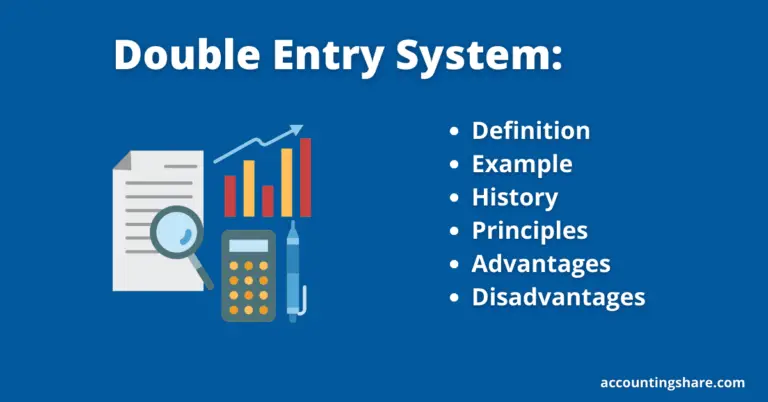How Does The Accounting Cycle Ensure Account Continuity Between The Previous and Current Years? [With PDF]
The accounting cycle ensures account continuity between the previous and current years. How does the accounting cycle do it? We will learn from this article.
So let’s get started.
The going concern concept states that a business organization will continue to operate indefinitely. To that end, the accounting procedure is broken down into a few steps or stages in order to ascertain the outcomes of business transactions.
For example, transactions are initially recorded in the journal. These are then posted in the ledger from the journal. These are then transferred from the ledger to the trial balance. Finally, the financial statements are prepared using the trial balance.
The functions are repeated at the end of each accounting year in the same sequence for keeping accounts.
As a result, at the end of the current accounting period, the next accounting period begins, and the recording of accounts begins again. As a result, it is observed that accounting-related topics are repeated year after year. This is the accounting continuity.
This continuous accounting process preheats each accounting period. That is, transactions are first recorded in the journal at the beginning of each accounting period.
Then these transactions are classified and posted in the ledger. After that, financial statements are prepared to determine financial results and position after a trial balance using ledger balances has been prepared.
Finally, a post-closing trial balance is created that accounts for all assets, liabilities, and owner’s equity.
The previous accounting period’s assets, liabilities, and owner’s equity serve as the opening balances for the subsequent period.
When creating accounts, similar procedures are followed, with the accounting process beginning with normalization and ending with the creation of financial statements, including a post-closing trial balance.
In this manner, the accounting cycle maintains its continuous process of accounting in each accounting year.
The following example illustrates how the accounting cycle ensures account continuity between the previous and current years:
The balance sheet created at the end of the most recent accounting year shows the following account balances.
- Accounts Receivable $40,000
- Bank Deposit $25,000
- Building $45,000
- Accounts payable $30,000
- Notes payable $10,000 and
- Capital $70,000
The opening journal, which is depicted below, will be used to carry forward the assets and liabilities from the prior year for the stating accounting process of the current year.
| Particulars | Debit ($) | Credit ($) |
| Accounts Receivable | 40,000 | |
| Bank deposit | 25,000 | |
| Building | 45,000 | |
| Accounts Payable | 30,000 | |
| Notes Payable | 10,000 | |
| Capital | 70,000 |
From the discussion above, it can be said in a nutshell that the current year’s accounting process begins with the debiting of assets and the crediting of liabilities and owner’s equity.
The first stage of accounting normalization is used in this situation.
In this way, the accounting cycle ensures account continuity between the previous and current years.
You can also read:





